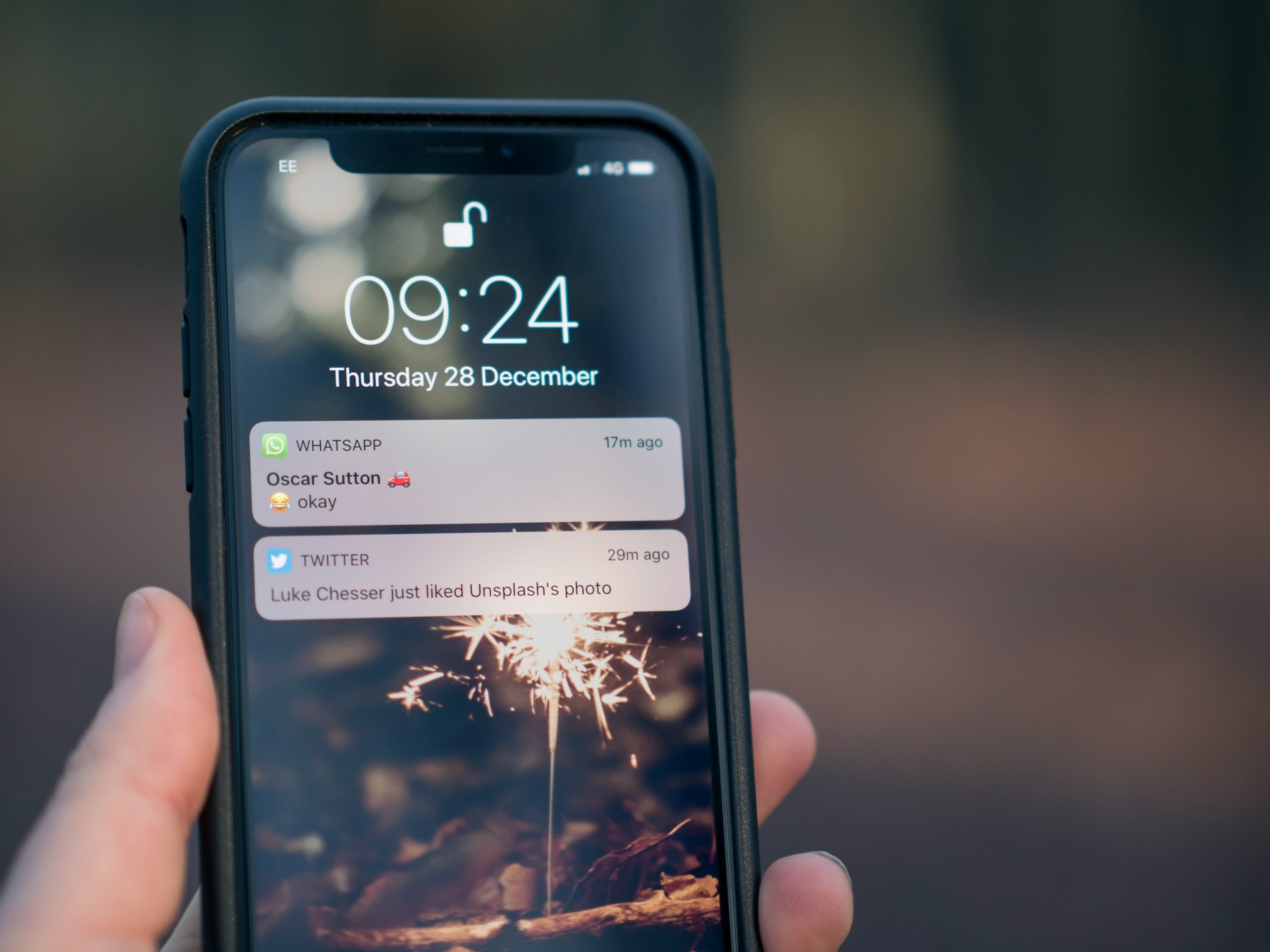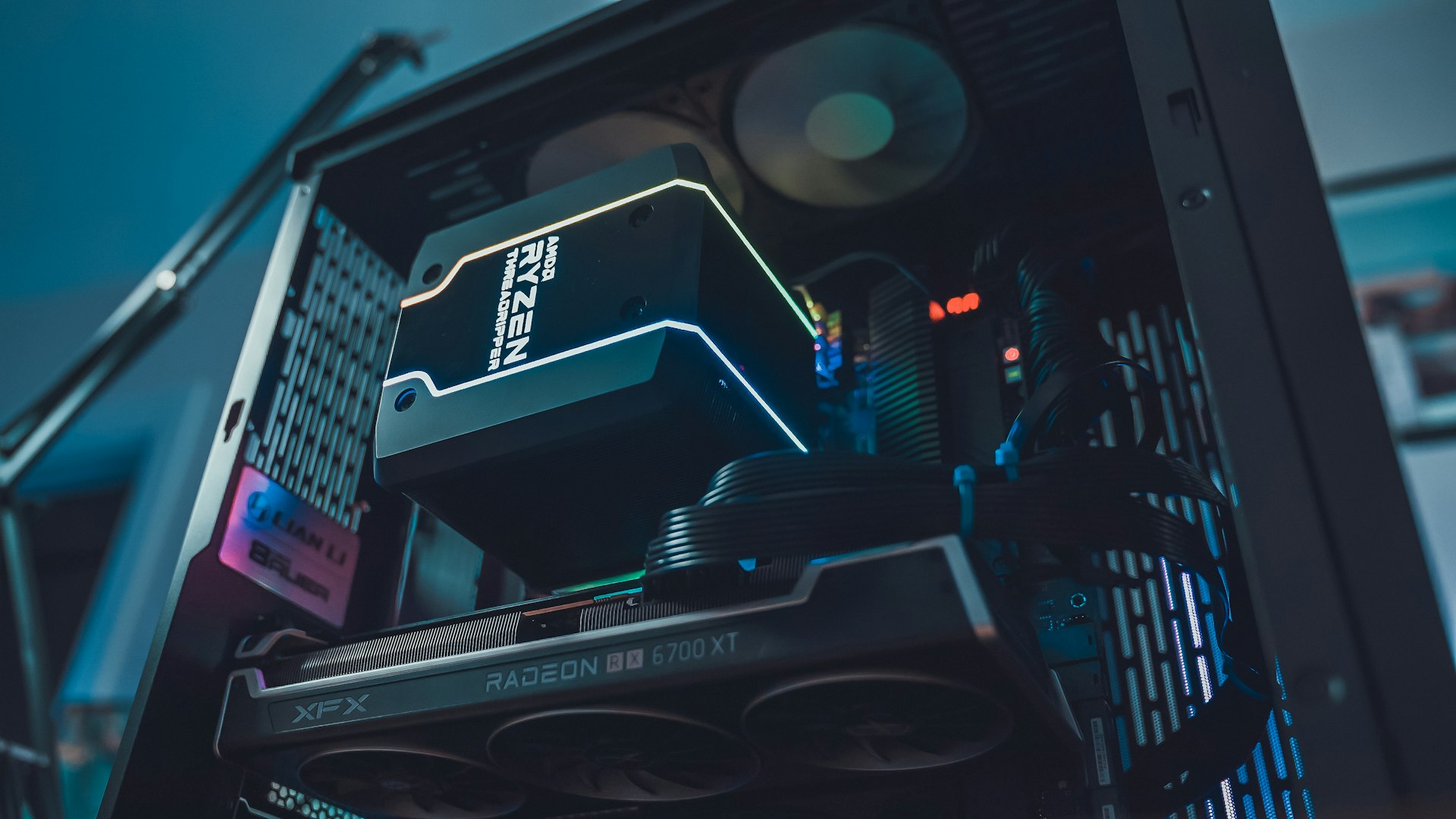Did you know that 92% of people fail to achieve their New Year’s resolutions? One major reason is the lack of a proper system for tracking progress and staying accountable. This is where habit tracker apps come in. They help users build positive habits, eliminate bad ones, and stay productive. But with so many options available, what makes a habit tracker truly effective?
In this blog, we’ll explore the 10 must-have features in a habit tracker app that ensure maximum productivity. Whether you’re a developer looking to build the next big habit-tracking tool or a user seeking the best app, this guide will help you make an informed choice.
1. User-Friendly Interface & Customization
A well-designed UI ensures that users can quickly log habits, track progress, and set reminders. Customization options like themes, widgets, and personal goal settings enhance the user experience.
Why It Matters:
- A cluttered or confusing UI discourages consistent use.
- Personalization improves engagement and retention.
Example:
Habitica allows users to gamify their habit-tracking experience by customizing avatars and rewards.
2. Smart Reminders & Notifications
A habit tracker should send intelligent, non-intrusive reminders to keep users on track without becoming annoying.
Best Practices:
- Adaptive notifications based on user behavior.
- AI-driven suggestions for optimal habit completion times.
Example: Google Calendar’s AI-powered reminders adjust based on past activity patterns.

3. Habit Streaks & Progress Visualization
Users are more likely to stick to habits when they see their progress visually. Streak tracking and charts showing habit completion rates can be highly motivating.
Must-Have Elements:
- Daily, weekly, and monthly habit streaks.
- Data-driven insights to encourage habit consistency.
Example: Streaks App rewards users for maintaining consecutive habit completions.
4. Gamification & Rewards System
Turning habit tracking into a game-like experience can significantly boost engagement.
Gamification Features:
- Earning points and badges for completed habits.
- Competing with friends or joining habit-building communities.
Example: Habitica lets users earn virtual rewards by completing daily tasks and challenges.
5. Cross-Platform Syncing & Cloud Backup
Users often switch between multiple devices. Ensuring seamless data sync across platforms is crucial for a smooth experience.
Key Benefits:
- Accessibility on mobile, tablet, and desktop.
- Cloud storage to prevent data loss.
Example: Todoist offers automatic sync across all devices and cloud backup.

6. AI-Powered Habit Suggestions
Using AI and machine learning, habit trackers can suggest new habits based on user behavior and goals.
How It Works:
- Analyzing past activities to recommend productive habits.
- Offering insights on how to optimize habit formation.
Example: Apple’s Screen Time suggests limits based on past phone usage.
7. Social & Community Features
Accountability increases success rates. Social integration helps users stay motivated by sharing progress with friends or joining support groups.
Key Features:
- Habit challenges with friends.
- Public leaderboards for motivation.
Example: Strava turns fitness tracking into a social experience by allowing users to join challenges.
8. Integration with Wearables & Productivity Apps
Syncing with wearables like smartwatches and other productivity tools enhances habit tracking.
Must-Have Integrations:
- Google Fit & Apple Health.
- Notion, Trello, and Google Calendar.
Example: Fitbit tracks step count and syncs with habit tracker apps to measure daily activity levels.
9. Voice Command & AI Assistant Support
The ability to log habits using voice commands makes tracking effortless.
Future-Ready Features:
- Integration with Google Assistant, Alexa, and Siri.
- Voice-to-text habit logging.
Example: Google Assistant allows users to set reminders and log tasks hands-free.

10. Privacy & Data Security
Since habit trackers store personal information, ensuring data privacy is crucial.
Key Security Measures:
- End-to-end encryption for habit data.
- GDPR-compliant data handling.
Example: Daylio allows users to lock the app with a PIN for added security.
Conclusion
A habit tracker app is only as good as its features. The best ones include user-friendly design, AI-powered suggestions, social features, and seamless integrations to maximize productivity. Whether you're an app developer or a user, choosing a habit tracker with these 10 essential features will set you up for long-term success.
Want to explore the best habit tracker apps? Download our free comparison guide to find the perfect fit for your needs!
FAQs (Schema-Ready)
1. What is the best habit tracker app for productivity?
Apps like Habitica, Streaks, and Todoist are highly rated for productivity due to their intuitive design and gamification features.
2. How do habit trackers improve daily routines?
Habit trackers provide reminders, streak tracking, and data insights to help users stay consistent and motivated.
3. Can AI-powered habit trackers suggest new habits?
Yes! Many apps use AI-driven insights to recommend productive habits based on past behavior.
4. Are habit tracker apps safe to use?
Most reputable apps use encryption and privacy controls to protect user data. Always check an app’s security policies before using it.
5. Do habit trackers work for breaking bad habits?
Yes! By tracking negative habits and offering replacement strategies, habit tracker apps help users gradually eliminate bad habits.
